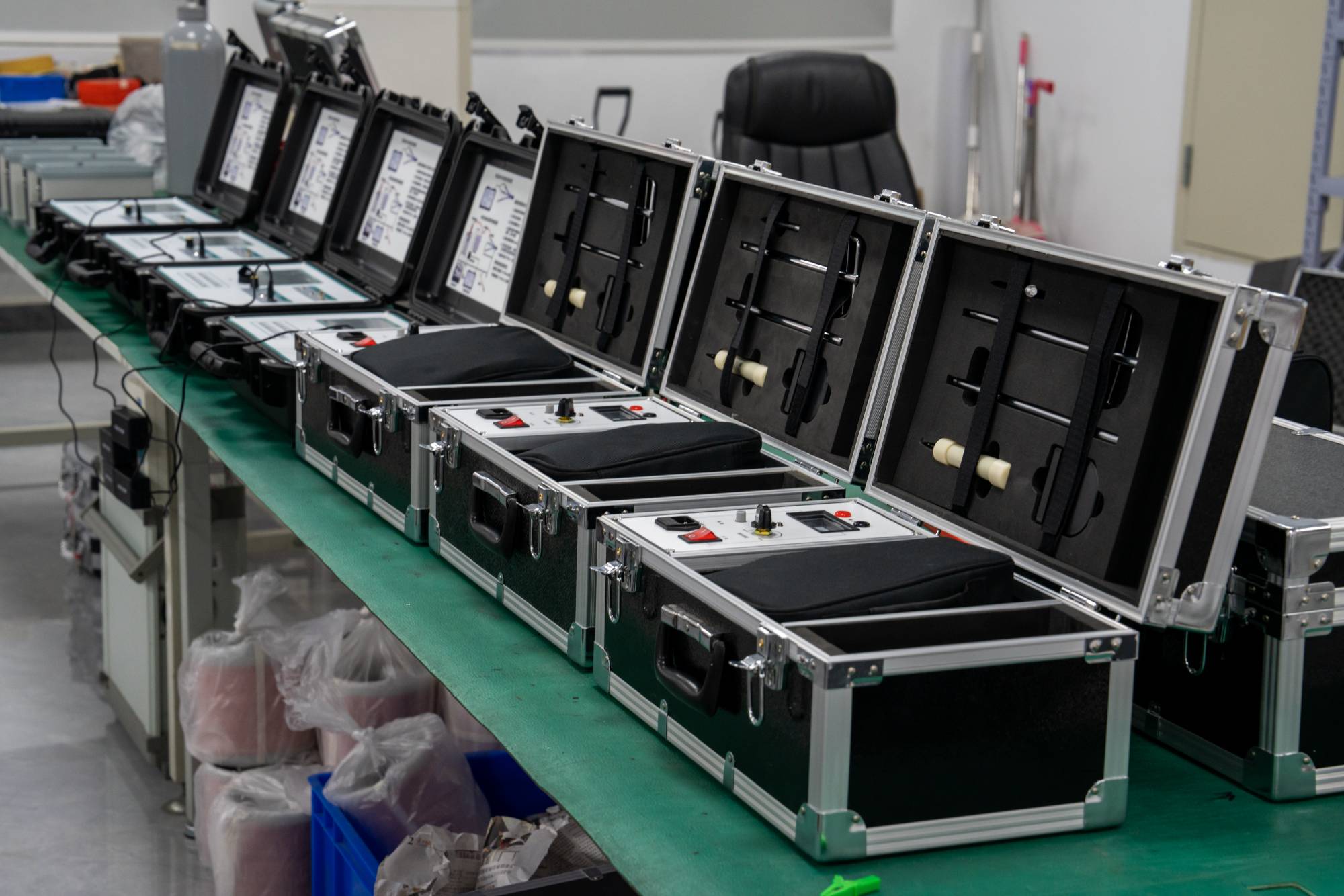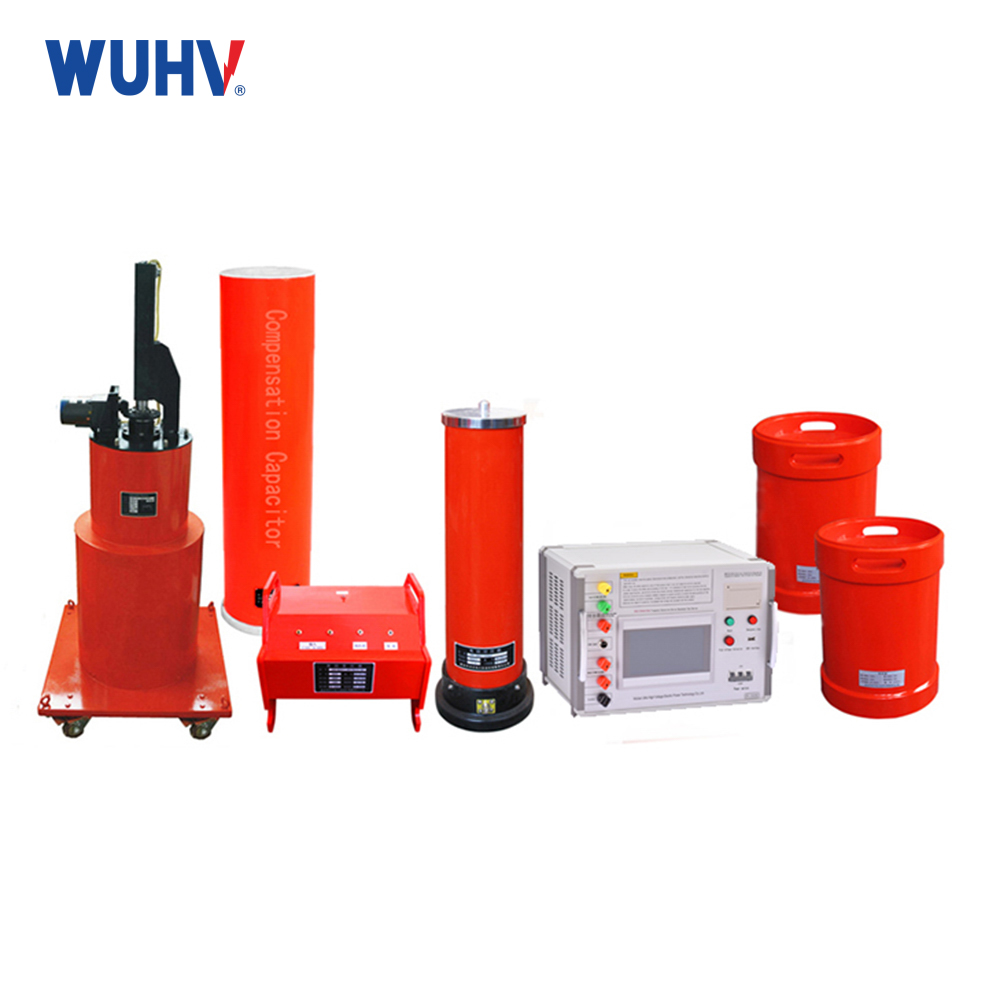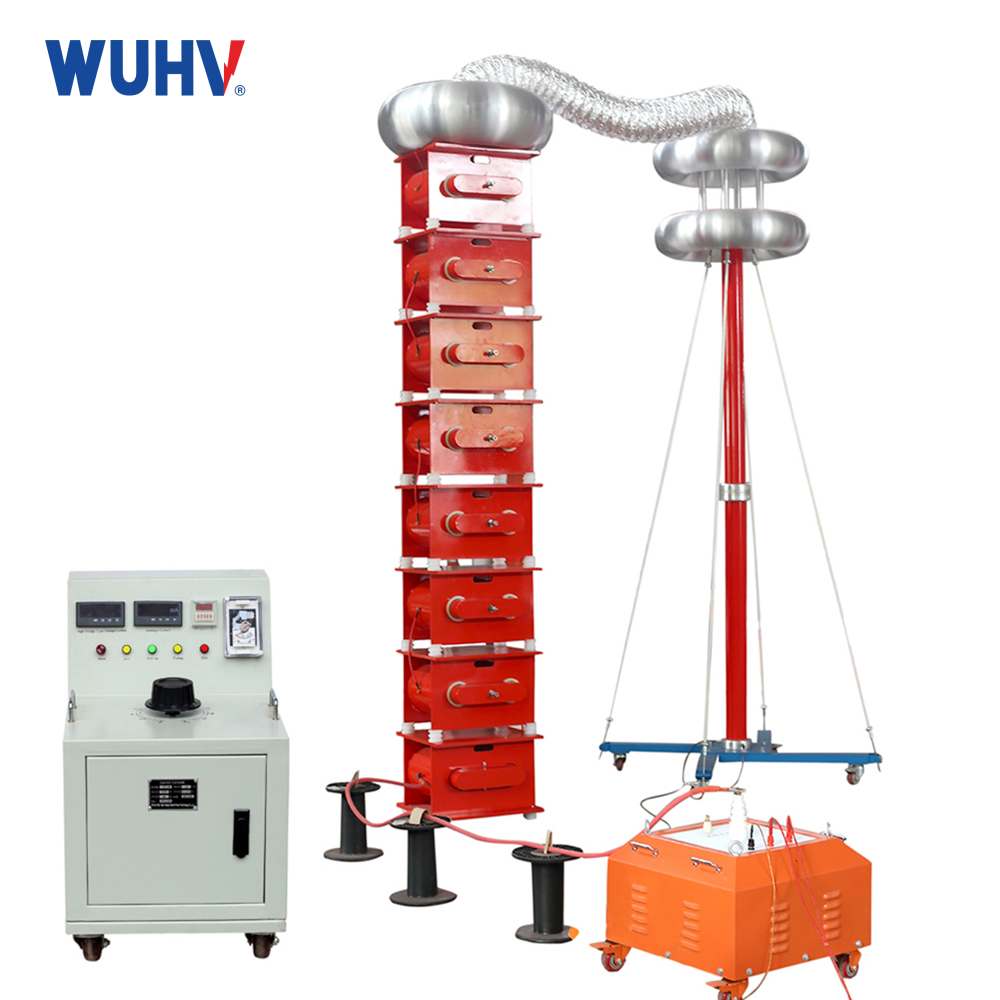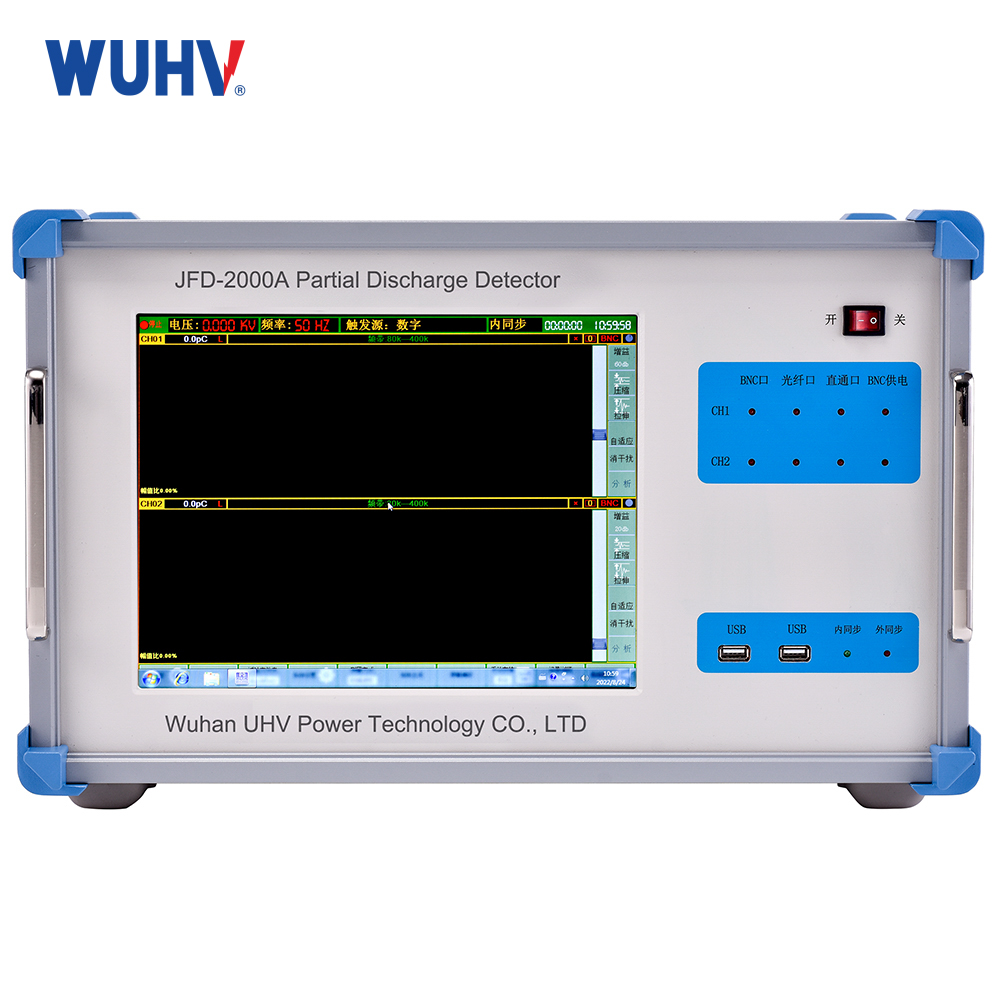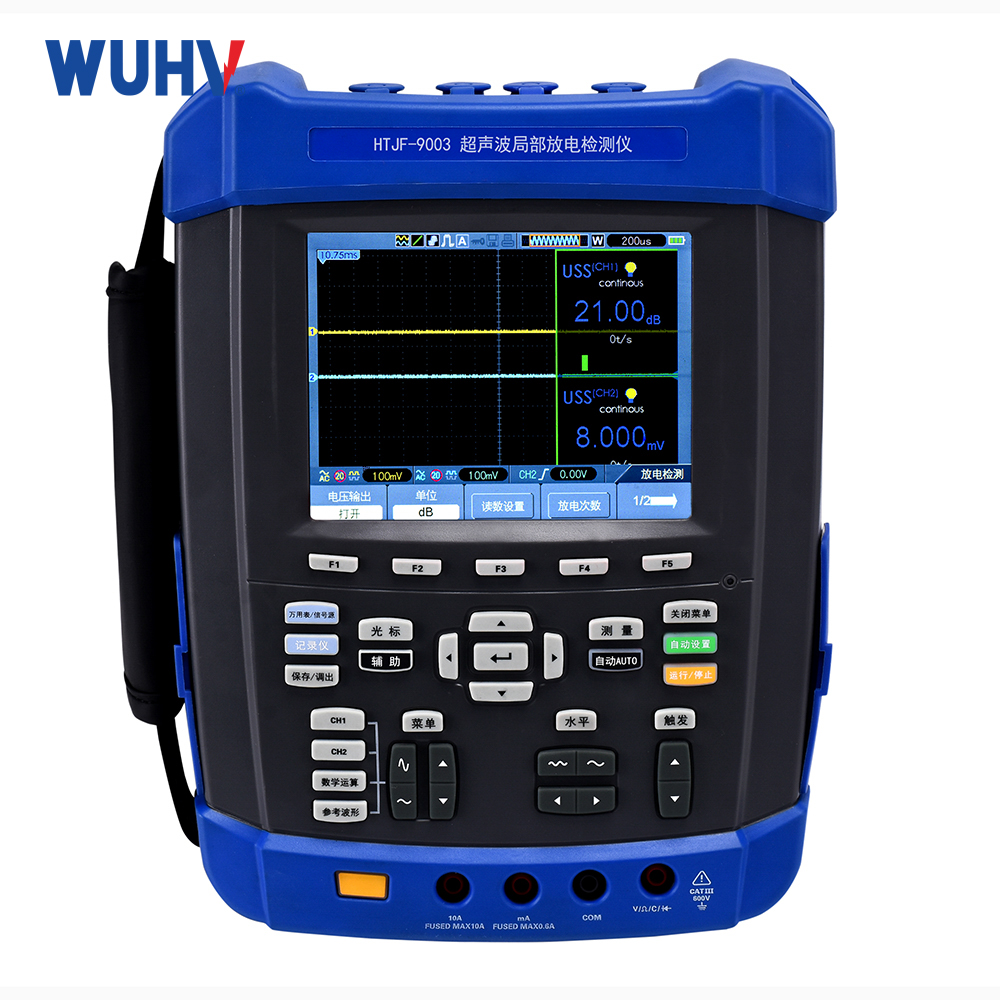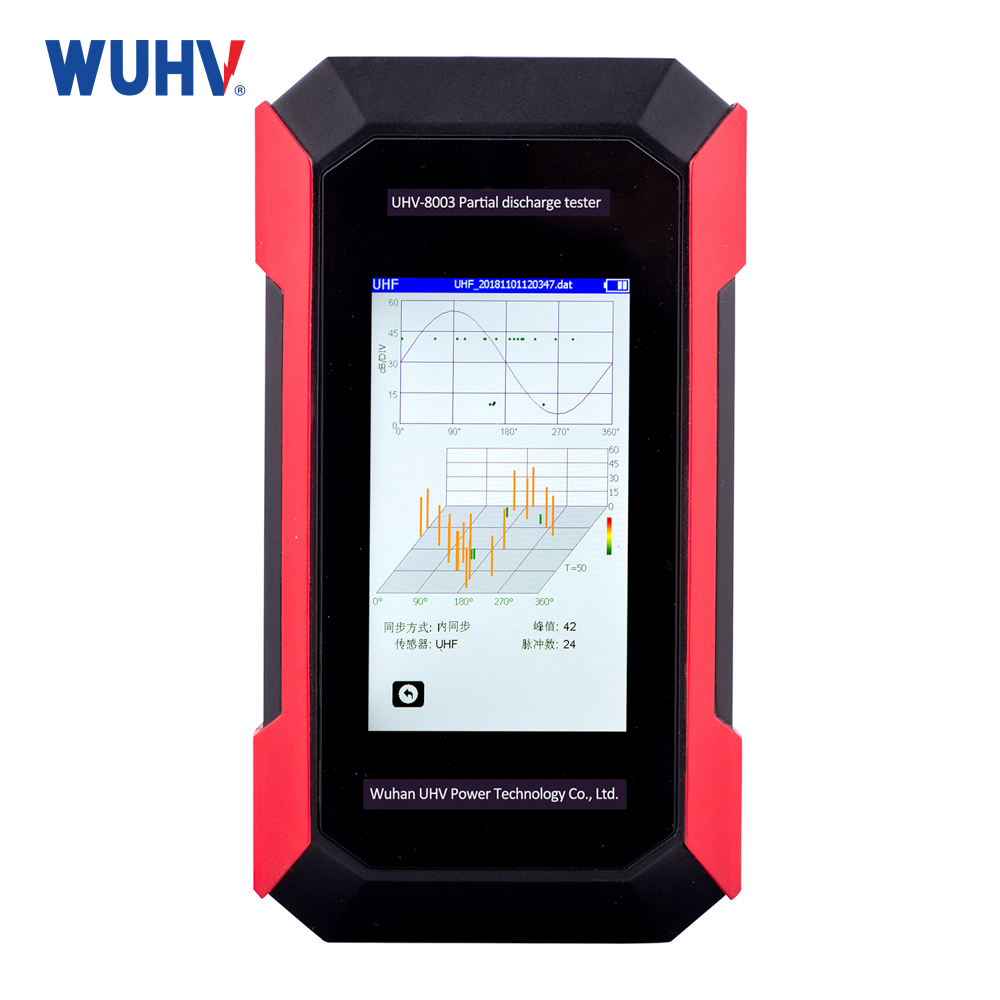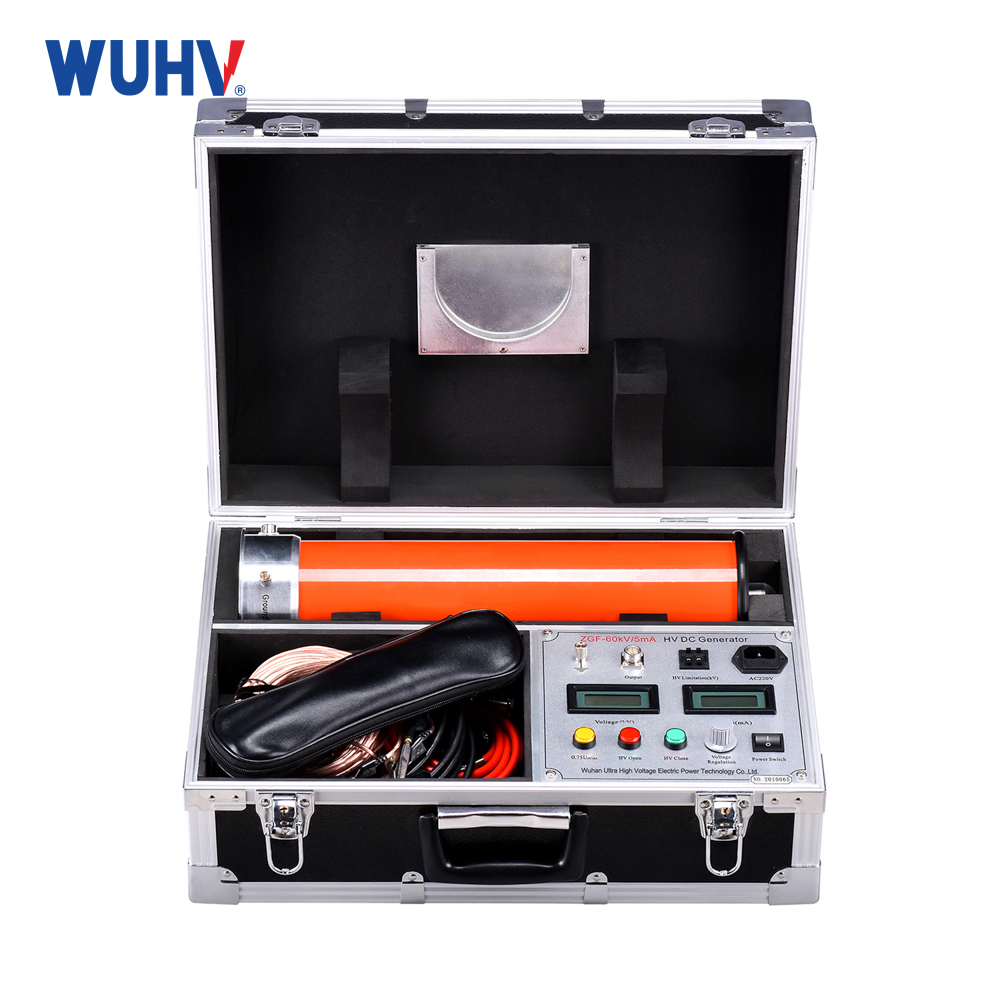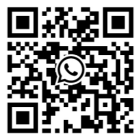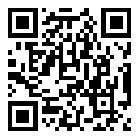The cable fault tester under UHV power can help many power workers conduct various power tests more conveniently.
Step 1: First, use a rangefinder to measure the distance. In fact, the first step is to determine whether the cable fault is high resistance, low resistance, or grounding. Different testing methods have been adopted to address this situation. If it is a ground fault, use the low voltage pulse method of the rangefinder to directly measure the distance. If it is a high resistance fault, high-voltage pulse discharge method needs to be used to measure the distance, and auxiliary equipment such as high-voltage pulse capacitors, discharge balls, current limiting resistors, inductance coils, and signal samplers need to be used to measure the distance.
Step 2: Find the path (if the path is clear, it can be omitted). When searching for a path, a signal (path signal generator) is added to the cable, which is then received by a receiver and used to determine the cable path along the path. However, the range of this path is approximately 1-2 meters, which is not particularly accurate.
Step three: It is to accurately locate based on the measured distance, which is based on the sound generated by spark discharge. When the maximum sound is heard from the headphones of the fixed-point instrument, the location of the fault point will be found. However, as it is listening to sound, it takes a long time to locate it due to the influence of environmental noise. Sometimes it takes time to wait until night, and when encountering cross-linked cables, more time is needed because cross-linked cables are generally internally discharged, with very low sound and almost inaudible, and can only be measured in the end.
Therefore, the method of cable fault tester can solve most power cable faults using oil immersed paper as insulation material. For cable faults in recent years that use cross-linked materials and polyethylene materials as insulation materials, the sound generated by ignition is often very low (the outer surface of the cable is not damaged, only the internal discharge of the cable), and the test effect is not ideal. Only other methods can solve it.


